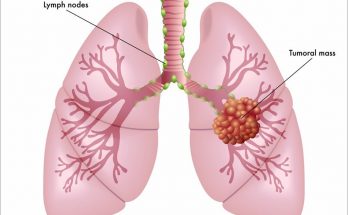When a physician prescribes oxygen therapy for patients, a patient can often feel like their freedom will be inhibited and they can find it difficult to enjoy the life they have grown accustomed to. Since an airline will not permit the use of O2 tanks, a patient who frequently flies can find themselves in need of a portable oxygen generator. Portable oxygen generators will provide people who are used to active lifestyles the ability to travel.
How to Purchase the Best Oxygen Concentrator
Unfortunately, these generators are pretty expensive and can cost over six thousand dollars, depending on the patient’s needs and the extra features they purchase. There are several different models available and there are a number of factors you’ll need to take into consideration before you purchase one.
First of all, take into consideration the person’s oxygen needs, such as will they require a continuous flow oxygen concentrator, will they be using a portable model for air travel, is the model FAA approved and will the pulse flow be adequate? Lastly, before you buy, be sure that the model you select has a warranty that will cover the cost of a replacement model in the event anything goes wrong.
When you’re looking for the right type of model, one of the most important features will be how oxygen is delivered and how much oxygen is delivered. Usually, a patient will receive oxygen in pulse mode. Pulse mode means the patient will receive the O2 in puffs, as opposed to a continuous airflow.
Some patients will require O2 to be delivered in a continuous airflow, and because of this they can come to realize that air travel can be impossible. Some models will feature both pulse and continuous air flow, which will give a patient the ability to travel by air. The models that feature both options will be bulkier and heavier than the basic pulse mode models, but will typically come with a sturdy rolling cart.
How to Prepare for Travel with an Oxygen Concentrator
For patients who prefer to fly, you’ll need to not only purchase a model that’s FAA approve, but one that also features enough battery power to last during a longer flight, or in the event your flight becomes delayed.
Typically, airplane cabins are pressurized, simulating the oxygen levels that are found at eight-thousand feet above sea level. Portable models are designed to deliver concentrated O2 at altitudes up to eight-thousand feet, which will enable a patient to still receive the amount of O2 they will need throughout a flight. If you or a loved one are suffering from COPD and plan to fly, always keep in mind that the majority of airlines will require that a passenger that’s using a portable concentrator have twice the amount of batteries that are needed for the duration of a flight, in addition to one extra battery. Most models will require three batteries.
